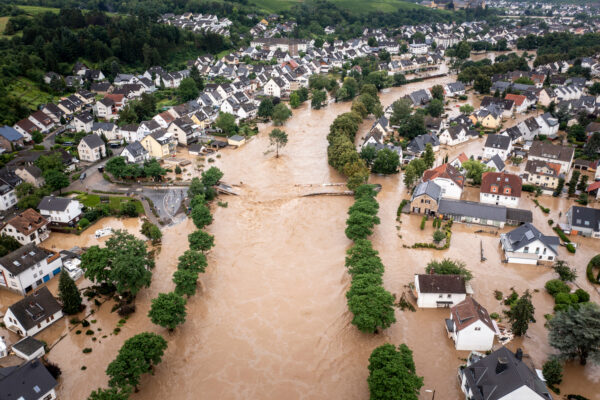Winter’s Coming: Preparation for Wastewater Treatment Systems
Preparing your wastewater treatment system for winter involves several crucial steps to ensure smooth and efficient operation throughout the cold season. Here are some key measures to consider:
- Emergency Response Plan (ERP): Develop and maintain an accessible ERP that outlines strategies, resources, plans, equipment, and procedures for responding to potential incidents.
- Updated Spill Response Plan: Regularly review and update your spill response plan to address evolving risks and ensure effective response capabilities.
- Identify Potential Emergencies: Assess and identify potential emergencies such as power surges, pipeline leaks, chemical spills, and their potential impacts on your wastewater treatment system.
- Inspect and Maintain Equipment: Thoroughly inspect and maintain all equipment, including pumps, valves, and other components, to ensure their reliability and functionality.
- Insulate Pipes and Tanks: Protect your pipes and tanks from extreme temperatures by insulating them effectively.
- Check Chemical Supplies: Verify the availability and condition of all chemical supplies to ensure their safety and effectiveness.
- Adjust Aeration: Adjust aeration levels to prevent ice formation and maintain optimal system performance.
- Monitor Flow Rates: Regularly monitor flow rates to identify any potential bottlenecks or issues and take necessary actions to optimize efficiency.
- Clear Debris from Inlets and Outlets: Remove any debris or obstructions from inlets and outlets to ensure proper flow and prevent system damage.
- Increase Biomass: Enhance your biomass to improve the efficiency of your wastewater treatment process.
- Increase Grease and Solids Removal: Optimize grease and solids removal to maintain the quality of your wastewater and prevent environmental contamination.
- Prepare for Emergency Power (ERP or Spill Overflow Plan): Develop and implement a plan to manage power outages or spills that may occur during winter.
- Plan for Snow and Ice Removal: Develop strategies to clear snow and ice from your wastewater treatment system to ensure safe operation and prevent damage.
- Identify Available Staff: Assess the availability of your staff and ensure that they are adequately trained and equipped to handle any potential emergencies.
- Educate Staff: Conduct comprehensive training sessions to review all procedures, contingency plans, and safety protocols with your staff.
- Clear Walkways and Ensure Heaters are Working: Keep walkways around your wastewater treatment system clear and ensure that heaters are functioning properly to maintain optimal temperatures.
- Drain Pipes and Fixtures: Regularly drain pipes and fixtures to prevent water buildup and maintain system efficiency.
- Conduct Trial Runs: Conduct trial runs to simulate potential emergencies and identify areas for improvement.
By implementing these measures, you can effectively prepare your wastewater treatment system for winter and ensure its continued smooth operation throughout the cold season.
By taking the necessary steps and proper preparations, you can ensure a smooth transition to winter without any violations and optimize the efficiency of your plant. If necessary, the initial steps in winterizing your utility’s spill response plan can involve contacting technical assistance provider from any of the RCAP regional offices. They will assist in preparing your spill response plan, Risk and Resiliency, or Emergency Response Plans. This proactive approach will help your utility remain prepared and avoid any unexpected challenges during the winter season.
This article was funded under RCAP’s USDA Technitrain 24-25 grant.



